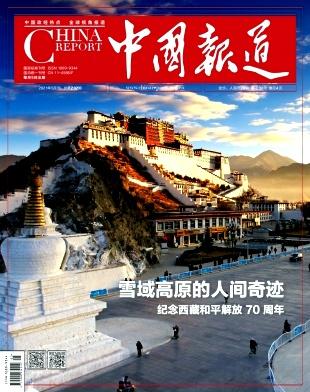The Sikkim–Tibet Convention of 1890 and the Younghusband Mission of 1904
IF 0.7
Q3 AREA STUDIES
引用次数: 0
Abstract
The controversy surrounding the Simla Conference of 1913–1914 and the legality of the McMahon line, which was produced by the Conference, has been at the centre of the boundary dispute between India and China. Amidst the diverging opinions amongst scholars and political commentators, the main issue rest on the unresolved question of Tibet’s political status. Was Lhasa authorised to sign treaties for Tibet? Was China the sovereign over Tibet? The answers to such questions are murky and complicated, made more so by the politics and conflicts in the post colonial period. This study attempts to highlight the complicated nature of political authority in Tibet through a study of British policy in Tibet towards the end of 19th and early 20th centuries. The signing of the 1890 Convention with China and the 1904 Convention with Tibet represents two extremes in British foreign policy which attest to the confounding situation presented before the British and the diverging opinions within the British official circles. The period between these two conventions provides a glimpse of the historical background in which the relations between British India, China and Tibet developed subsequently.1890年的锡金-西藏协约和1904年的扬夫宣教团
围绕1913-1914年西姆拉会议和会议产生的麦克马洪线合法性的争议一直是印度和中国边界争端的中心。在学者和政治评论家的意见分歧中,主要的问题在于尚未解决的西藏政治地位问题。拉萨有权为西藏签订条约吗?中国是西藏的主权国吗?这些问题的答案是模糊而复杂的,后殖民时期的政治和冲突更是如此。本研究试图通过对19世纪末20世纪初英国在西藏政策的研究,突显西藏政治权威的复杂性。1890年与中国签订的公约和1904年与西藏签订的公约代表了英国外交政策的两个极端,这证明了英国面临的混乱局面和英国官方内部的分歧。这两个公约之间的时期让我们得以一窥英属印度、中国和西藏关系随后发展的历史背景。
本文章由计算机程序翻译,如有差异,请以英文原文为准。
求助全文
约1分钟内获得全文
求助全文
来源期刊

中国报道
AREA STUDIES-
CiteScore
1.70
自引率
0.00%
发文量
9353
期刊介绍:
China Report promotes the free expression and discussion of different ideas, approaches and viewpoints which assist a better understanding of China and its East Asian neighbours. A quarterly journal of the Institute of Chinese Studies, it attempts to provide a fresh approach which goes beyond the strictly utilitarian area studies without becoming antiquarian. Launched in 1964, China Report has, over the years, widened its interests and aims and transformed itself into a scholarly journal that seeks a better understanding of China and its East Asian neighbours - particularly their cultures, their development and their relations with China. It is an indispensable source of information on China, its society and culture.
 求助内容:
求助内容: 应助结果提醒方式:
应助结果提醒方式:


